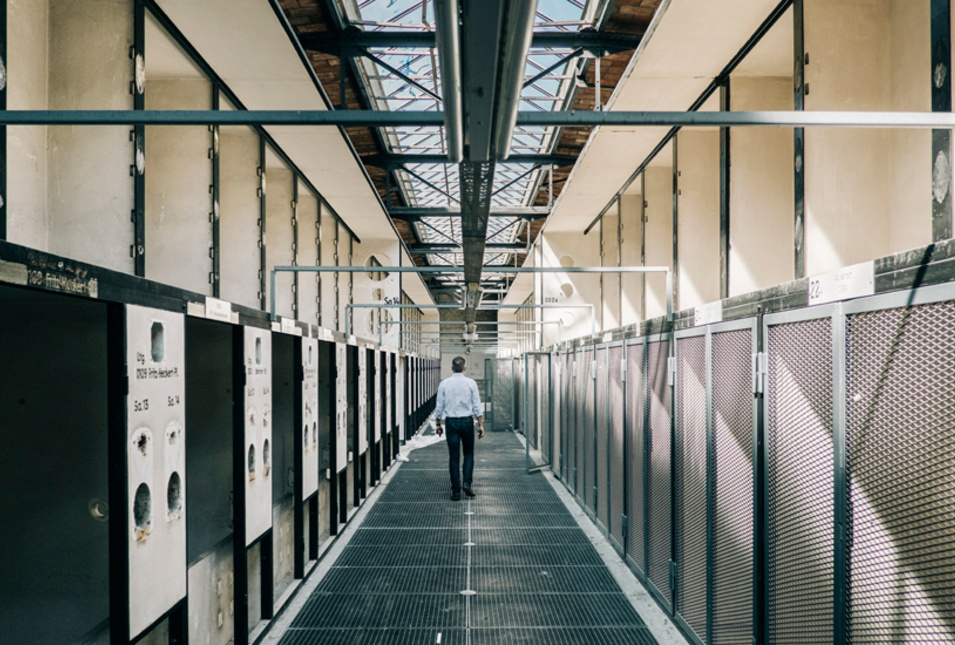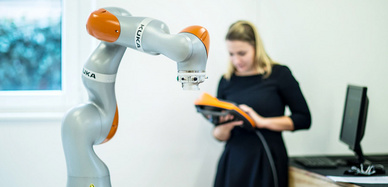How to best explain Digitalization and Innovation
How can companies be persuaded to embrace the benefits of digitization and Industry 4.0? Is it possible to make the spirit of innovation tangible? Dresden offers some very concrete answers to these and other questions.
Wettiner Platz 7
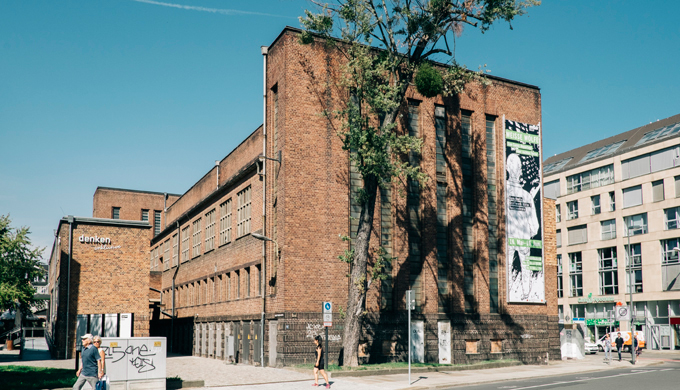
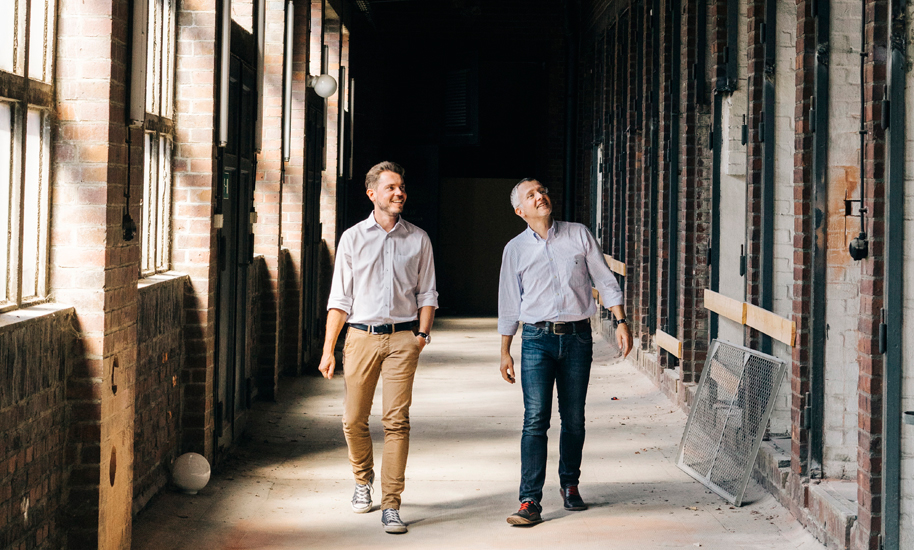
»Das Angebot muss niedrigschwellig sein«, sagt Scholz. »Die Unternehmer sollen hier erleben, was die Digitalisierung kann. Sie sollen diese Entwicklung anfassen.« An der Stelle beschreibt Ronald Scholz einen wunden Punkt der Digitalisierung. Alle lesen von dieser einschneidenden Transformation, doch die Botschaft kommt zu selten an. »Viele brauchen ein Erlebnis, eine Begegnung, einen Impuls, ehe sie das Thema angehen«, sagt Ronald Scholz. Neben ihm nickt Nico Herzberg. Er verantwortet die Ausbildung bei SAP Dresden und war einer der Ersten, die Ronald Scholz’ Vision teilten: SAP will in der Halle 9 nach dem Umbau ein Innovations- und Ausbildungszentrum unterbringen. »Wir wollen hier überlegen und zeigen, wie die Arbeit der Zukunft aussieht«, sagt Nico Herzberg.
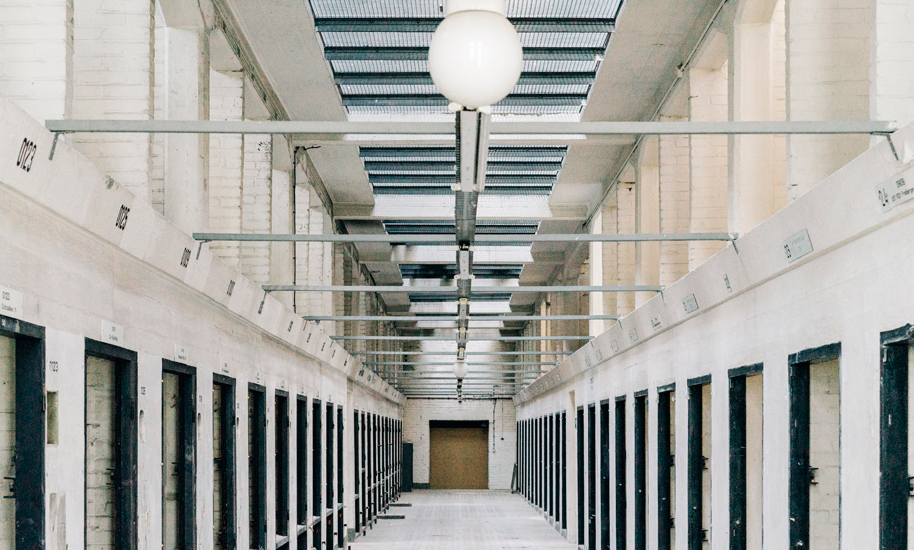
For more information on the Smart Systems Hub in Dresden and the visitor “trails,” check out www.smart-systems-hub.de
Fotos: Lệmrich
